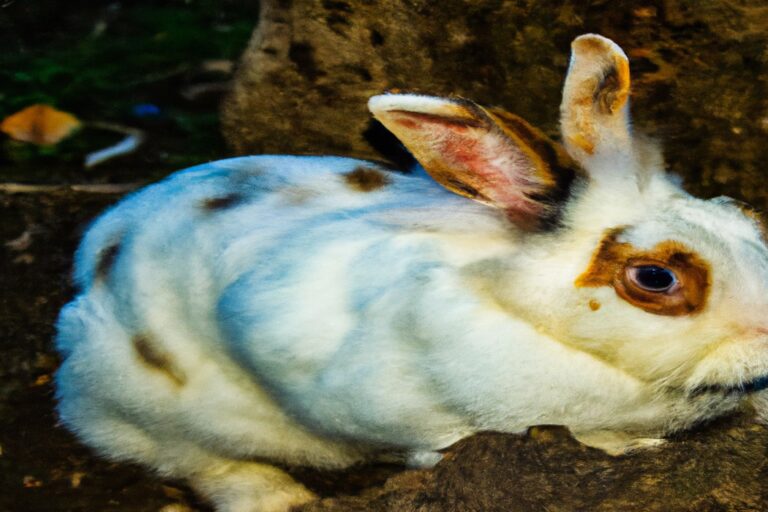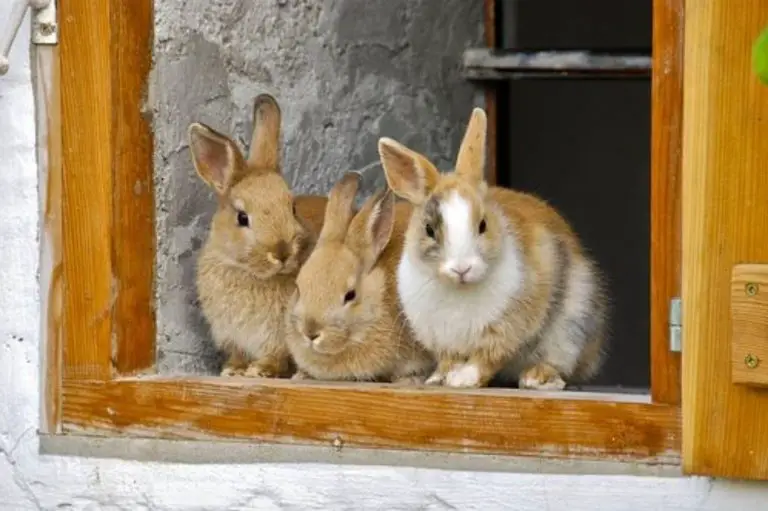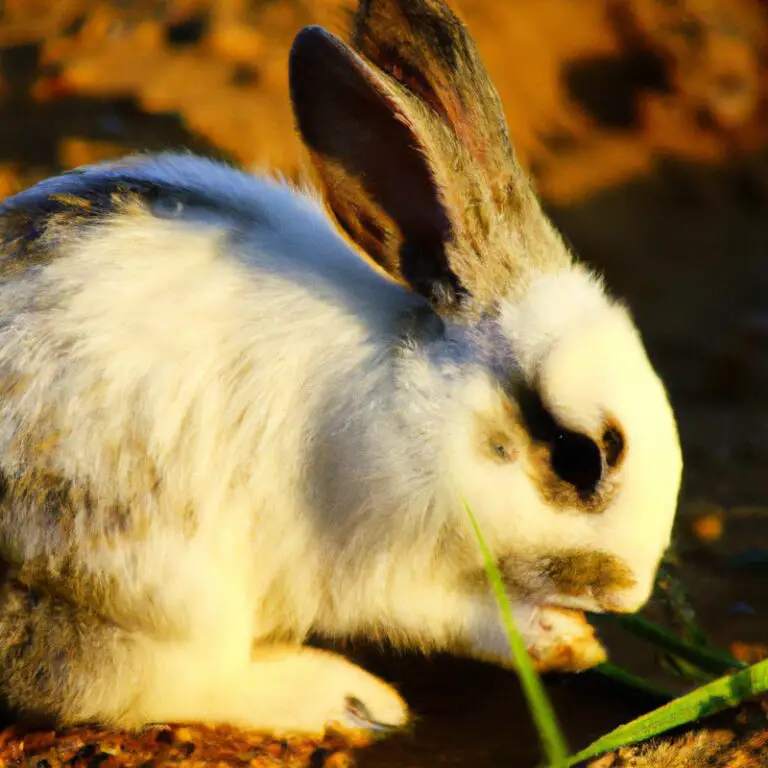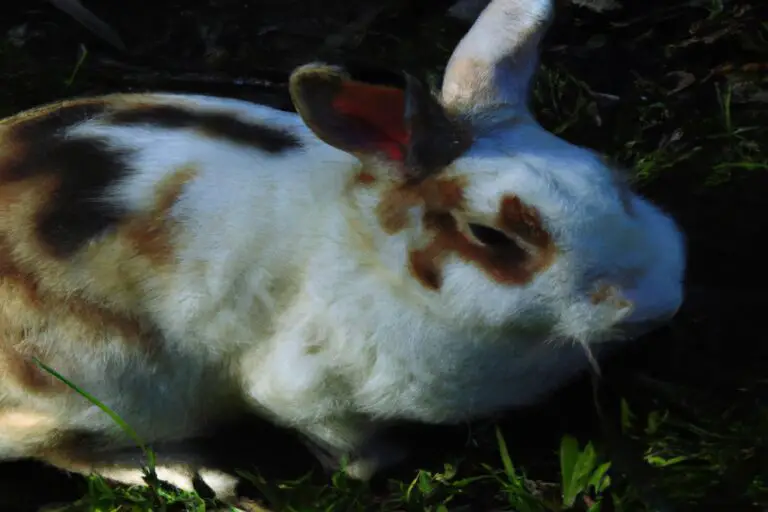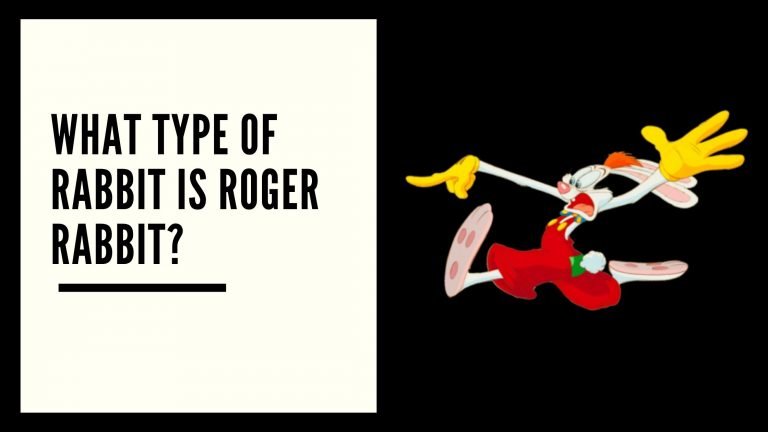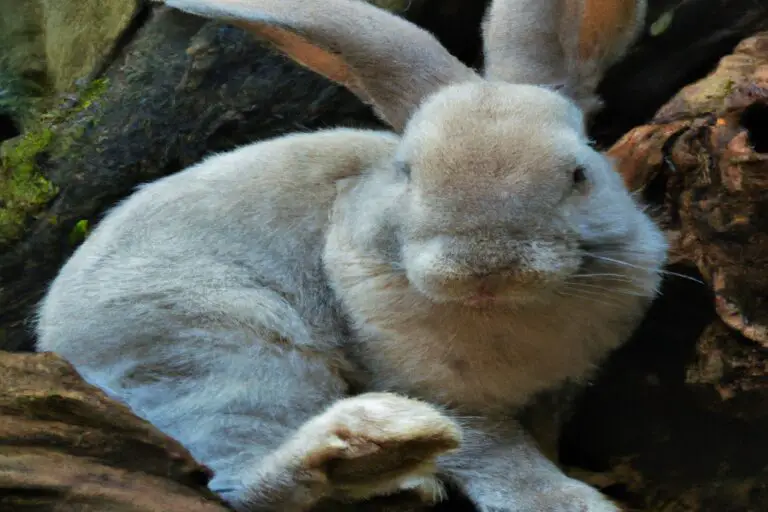Do Female Rabbits Have Periods? The Truth Revealed!
Key Takeaways:
- Female rabbits do not have menstruation or periods like humans do.
- Female rabbits have an estrous cycle where they experience regular reproductive cycles.
- During their estrous cycle, female rabbits go through a period of receptivity and fertility.
- The estrous cycle of a female rabbit is influenced by various factors, including environmental cues and the presence of male rabbits.
Are you curious about the reproductive cycle of female rabbits?
Have you ever wondered if they experience periods like humans do?
Well, get ready to hop into the world of rabbit reproduction because we’re about to tackle this intriguing question head-on.
In this article, we’ll delve into the fascinating structure and function of the female rabbit reproductive organs, explore the concept of periods in humans versus rabbits, and shed light on the hormonal regulation of the female rabbit reproductive cycle.
Get ready to uncover the secrets behind this adorable creature’s reproduction!
Female Rabbit Reproductive System
The Female Rabbit Reproductive System is responsible for producing and nurturing offspring.
Structure and Function of the Female Rabbit Reproductive Organs
The female rabbit has two main reproductive organs: the ovaries and the uterus.
The ovaries are responsible for producing eggs, or ova, while the uterus is where fertilized eggs develop into embryos.
During mating, the male rabbit transfers sperm to the female’s reproductive tract, where fertilization occurs.
Unlike humans, female rabbits do not have a menstrual cycle or periods.
Instead, they go through a process called estrus, commonly known as being “in heat,” where they are receptive to mating.
If fertilization does occur, the embryos will develop in the uterus until birth.
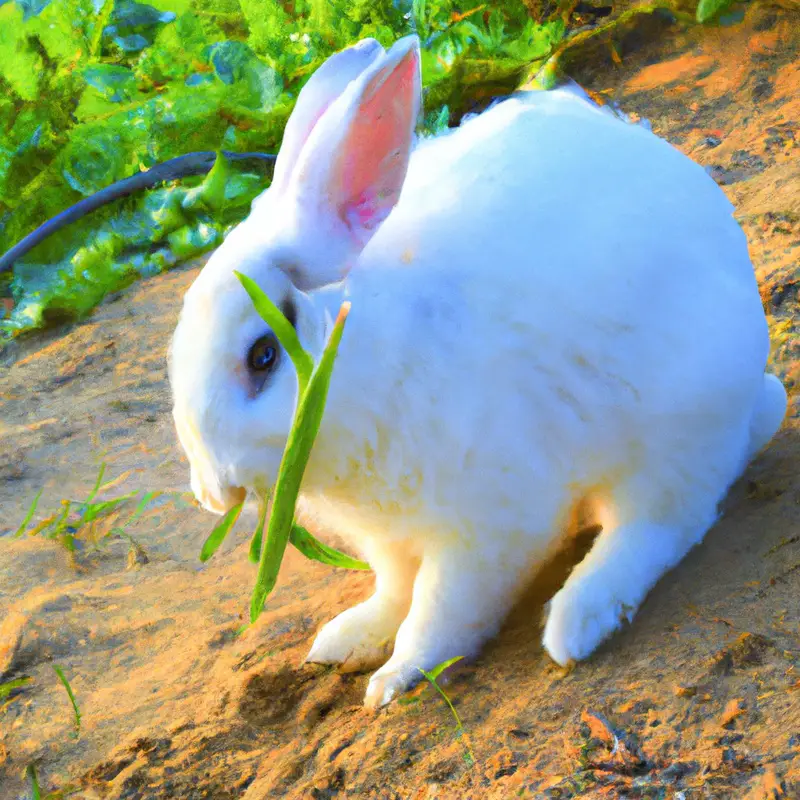
Menstruation vs. Estrous Cycle: Clarifying Terminology
Menstruation and the estrous cycle are two different biological processes.
Menstruation refers to the shedding of the uterine lining in humans, while the estrous cycle is the reproductive cycle in animals.
Unlike menstruation, the estrous cycle involves the release of an egg and the preparation of the uterus for potential fertilization.
It’s important to clarify this terminology to understand the distinct reproductive processes in different species.
Hormonal Regulation of the Female Rabbit Reproductive Cycle
The hormonal regulation of the female rabbit reproductive cycle is a fascinating process. It is primarily controlled by two hormones: follicle stimulating hormone (FSH) and luteinizing hormone (LH).
FSH stimulates the growth of ovarian follicles, which contain immature eggs.
As the follicles develop, they release estrogen, which triggers changes in the uterus in preparation for potential pregnancy. When estrogen levels peak, it triggers the release of LH, which leads to ovulation.
Ovulation is when the mature egg is released from the ovary.
After ovulation, the follicle transforms into a structure called the corpus luteum, which secretes progesterone. Progesterone helps maintain the uterine lining and allows potential embryo implantation.
If fertilization does not occur, the corpus luteum degenerates, hormone levels drop, and the cycle starts again.
Understanding the Estrous Cycle
The Estrous Cycle refers to the reproductive cycle in female rabbits.
What is the Estrous Cycle in Female Rabbits?
The estrous cycle in female rabbits refers to the reproductive cycle that they go through.
Unlike humans, rabbits do not have menstrual periods.
Instead, they experience a type of reproductive cycle called estrous.
During this cycle, female rabbits undergo hormonal changes that prepare their bodies for pregnancy.
The estrous cycle consists of four phases: proestrus, estrus, metestrus, and diestrus.
Each phase is characterized by specific changes in the reproductive organs and behaviors of the female rabbit.
It’s important to understand the estrous cycle in female rabbits to appropriately care for their reproductive health.
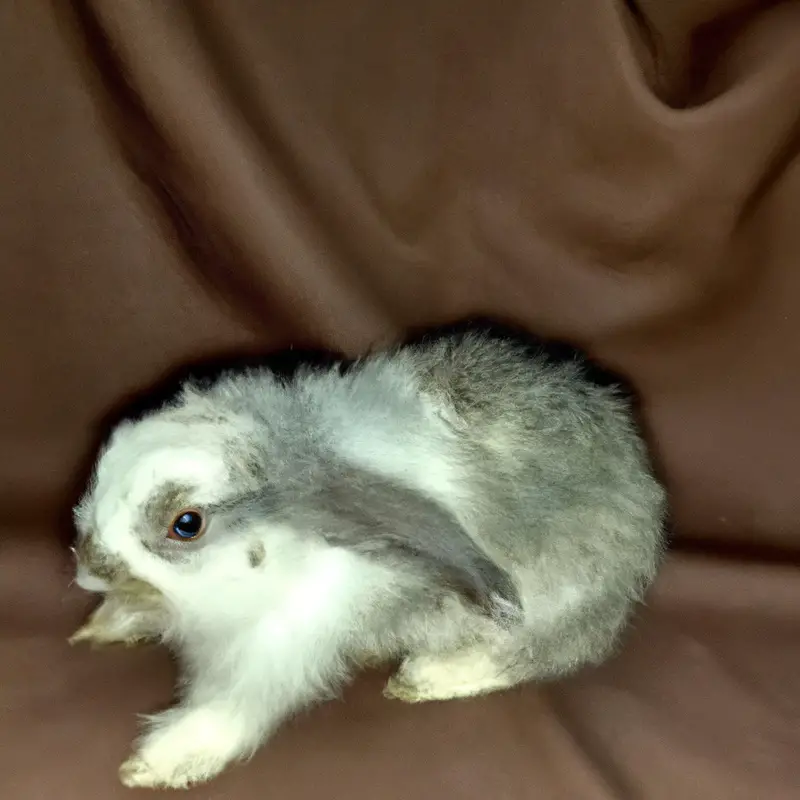
Stages of the Estrous Cycle: Proestrus, Estrus, Metestrus, Diestrus
The estrous cycle in female rabbits consists of four stages: proestrus, estrus, metestrus, and diestrus.
During proestrus, the rabbit’s body starts preparing for reproduction with the maturation of eggs.
Estrus is the period when the female is receptive to mating.
Metestrus follows, during which pregnancy can occur.
Lastly, diestrus is a phase where the rabbit is either pregnant or not pregnant; if not pregnant, the cycle starts again.
These stages are important for understanding the reproductive behavior of female rabbits.
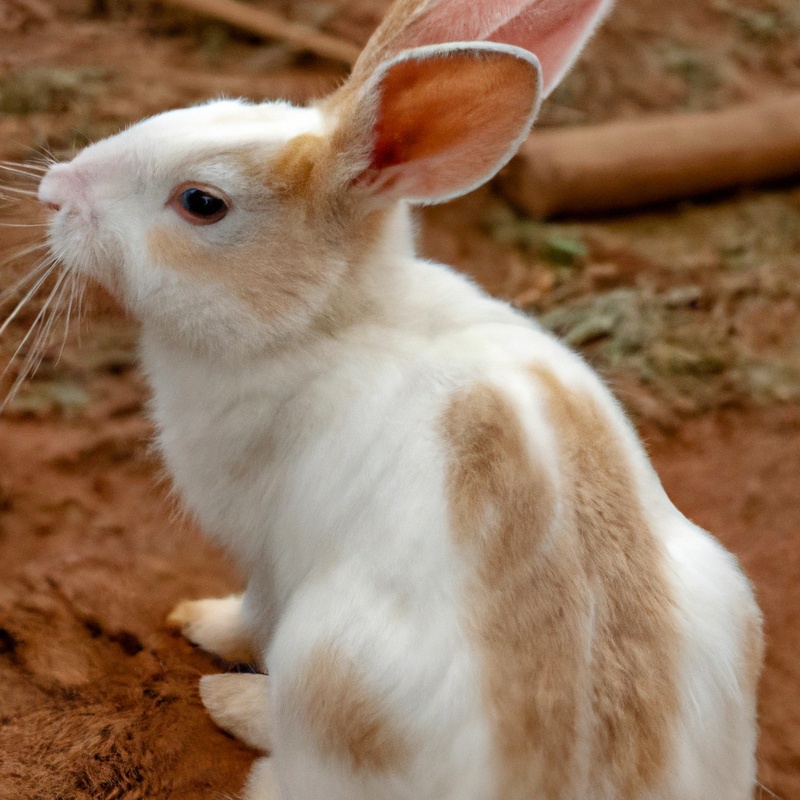
Behavioral and Physical Changes During Each Stage of the Estrous Cycle
During each stage of the estrous cycle, female rabbits undergo certain behavioral and physical changes.
These changes are influenced by hormonal fluctuations in their bodies.
Here is a brief overview of what you can expect to see during each stage:
- Proestrus: This stage typically lasts for one to three days. During this time, you may notice behavioral changes such as increased restlessness, heightened aggression, and a stronger drive to find a mate. Physically, the rabbit’s vulva may become swollen and she may release a small amount of clear or slightly bloody discharge.
- Estrus: This is the most fertile stage and lasts for about 12 to 14 hours. The rabbit may display behaviors like mounting and appealing to potential mates. Physically, her vulva will be enlarged and moist, indicating readiness for mating.
- Metestrus: This stage lasts for about a week and marks the end of the receptive period. The rabbit’s behavior will return to normal and she will no longer display signs of mating readiness. Physically, her vulva will shrink back to its normal size.
- Diestrus: This is a period of reproductive inactivity and can last for around 12 to 14 days if the rabbit is not pregnant. There are usually no behavioral or physical changes during this stage.
- Anestrus: This is a phase of sexual dormancy and can last for several weeks. The rabbit will not exhibit any signs of mating behavior or physical changes during this time.
It’s important to note that these stages can vary slightly between individual rabbits.
However, understanding the typical behavioral and physical changes during each stage can help you better care for your female rabbit and be aware of her reproductive health.
Frequency and Duration of the Estrous Cycle in Female Rabbits
Female rabbits have a unique reproductive cycle called the estrous cycle. Unlike humans, rabbits do not have periods.
The estrous cycle in rabbits typically occurs every 16-17 days and lasts for an average of 9-14 days.
During this time, the female rabbit is receptive to mating and may show behaviors like increased aggression and vocalization. If not mated, the rabbit may experience the estrous cycle again in a few weeks.
Understanding the frequency and duration of the estrous cycle is important for rabbit breeders and pet owners to be aware of their female rabbit’s reproductive health.
Do Female Rabbits Have Periods?
Female rabbits do not have periods.
The Concept of “Periods” in Humans
Sure! Here is a straightforward, concise answer about the concept of “periods” in humans: “Periods” in humans refer to the menstrual cycle, a natural process that occurs in females.
It involves the shedding of the lining of the uterus, resulting in vaginal bleeding.
This cycle usually occurs every 28 days but can vary for each person.
Hormonal changes during this time can cause physical and emotional symptoms such as cramps, bloating, and mood swings.
It is a normal part of reproductive health and signifies that a woman’s body is preparing for potential pregnancy.
Shedding of Uterine Lining: Humans vs. Rabbits
In terms of shedding the uterine lining, there is a notable difference between humans and rabbits. Humans experience a monthly menstrual cycle where the uterine lining is shed along with blood.
This is not the case for rabbits.
Instead, their uterine lining is reabsorbed into the body. While they do not have a menstrual cycle, they still undergo reproductive changes dictated by their hormonal cycles.
So, rabbits do not have periods like humans do.
Menstruation vs. Pseudopregnancy in Female Rabbits
Female rabbits do not experience menstruation like humans do.
Instead, they can have a condition known as pseudopregnancy, which mimics the symptoms of pregnancy without actually resulting in the birth of babies.
During pseudopregnancy, the rabbit’s body goes through hormonal changes that cause behaviors similar to those seen in pregnant rabbits, such as nest-building and milk production.
However, unlike menstruation, this is not a monthly occurrence for female rabbits and is triggered by factors like hormone fluctuations or the presence of a male rabbit.
Clarifying Misconceptions: Why Female Rabbits Do Not Have Periods
Female rabbits do not have periods because their reproductive system works differently than that of humans.
Unlike humans, rabbits do not shed the lining of their uterus or have a menstrual cycle.
Instead, female rabbits go through an estrous cycle, also known as the “heat” cycle.
During this time, they release eggs and are receptive to mating.
If they do not become pregnant, they reabsorb the eggs and go through another cycle.
It’s important to understand these differences to dispel any misconceptions about rabbits and their reproductive physiology.
Reproduction in Female Rabbits
Female rabbits reproduce through mating and fertilization, gestate for a specific period, give birth to kits, and care for them until they are independent.
Mating and Fertilization: How Female Rabbits Reproduce
Female rabbits reproduce through a process called mating and fertilization. When a female rabbit is ready to mate, she will attract male rabbits through a series of behaviors, such as scent marking and hopping around.
Mating occurs when the male mounts the female from behind and inserts his penis into her vagina.
During this process, the male ejaculates sperm, which fertilizes the eggs within the female’s reproductive tract. The fertilized eggs then develop into embryos, which the female will eventually give birth to.
Gestation Period and Pregnancy in Female Rabbits
Gestation period in female rabbits usually lasts for about 31 to 33 days. During this time, the female rabbit, also known as a doe, undergoes pregnancy.
Rabbits have a unique reproductive system where they are induced ovulators, which means that ovulation occurs after mating.
After a successful mating, the doe will develop embryos and give birth to a litter of baby rabbits, called kits. It’s important to provide proper care and a suitable environment for the pregnant doe to ensure a healthy pregnancy and successful birth.
Nesting and Kindling: Preparing for Birth and Raising Kits
Nesting and kindling are important aspects of the reproductive process in female rabbits. Before giving birth, rabbits will start to prepare a nest by gathering materials such as hay, fur, and straw.
This nesting behavior is essential for creating a safe and comfortable environment for the kits (baby rabbits) to be born in.
Once the nest is ready, the doe (female rabbit) will then give birth to a litter of kits. After birth, the doe will continue to care for her kits by nursing them and keeping them warm.
It’s crucial to provide the doe with a quiet and stress-free environment during this time to ensure her ability to properly care for her young.
As the kits grow, they will start to venture out of the nest and explore their surroundings. It’s important to monitor their growth and provide them with a proper diet to support their development.
Additionally, providing appropriate housing and socialization opportunities will contribute to their overall wellbeing.
By understanding and supporting the nesting and kindling process, you can help ensure the health and wellbeing of both the mother rabbit and her kits.
Factors Affecting Reproduction in Female Rabbits: Age, Health, and Environmental Factors
Age, health, and environmental factors play significant roles in affecting reproduction in female rabbits.
- Age: Young female rabbits may not have fully developed reproductive systems, resulting in difficulties conceiving or maintaining pregnancies. Older rabbits may experience decreased fertility due to age-related changes in hormone levels.
- Health: Overall health is crucial for successful reproduction. Illnesses, genetic disorders, or nutritional deficiencies can impact fertility and the ability to carry pregnancies to term. Regular veterinary check-ups and a balanced diet are essential.
- Environmental factors: Stress, extreme temperatures, inadequate space, or disruptions to the rabbits’ routine can affect reproductive health. Providing a suitable and stress-free environment with proper temperature regulation and adequate space for exercise is important for optimal reproduction.
Taking these factors into consideration and ensuring the well-being of female rabbits can greatly improve their reproductive success.
Frequently Asked Questions
Can Female Rabbits Get Pregnant While They are Still Nursing?
Yes, female rabbits can get pregnant while they are still nursing. Unlike some other mammals, rabbits have the ability to ovulate or release eggs shortly after giving birth.
This means that they can become pregnant again even while they are still nursing their current litter.
It’s important to keep this in mind if you have a female rabbit and want to prevent unwanted pregnancies. Make sure to separate male and female rabbits or consider getting your female rabbit spayed to avoid any surprises.
How Many Times a Year Can Female Rabbits Breed?
Female rabbits can breed throughout the year because they have a unique reproductive system.
Unlike humans and some other animals, rabbits do not have a menstrual cycle or periods.
Instead, they are capable of continuously producing eggs and can conceive shortly after giving birth.
This means that female rabbits can breed multiple times a year, as often as every 28 to 35 days.
However, it’s important to note that breeding rabbits too frequently can be physically demanding on the female and may lead to health issues.
It is essential to provide proper care and spacing between breeding cycles to ensure the well-being of the rabbits.
Are There Any Health Concerns Related to the Female Rabbit Reproductive System?
The female rabbit reproductive system does come with a few health concerns to be aware of. One common issue is uterine cancer, which can be prevented by spaying your rabbit.
Another concern is the risk of developing uterine infections, known as pyometra.
Regular veterinary check-ups and proper hygiene can help minimize these risks. Additionally, it’s important to provide a balanced diet and exercise to prevent obesity, which can contribute to reproductive health problems.
Can Female Rabbits Experience Menopause?
Yes, female rabbits can experience menopause.
As they get older, their reproductive abilities decline, and they may eventually stop having estrus cycles altogether.
This means that they will no longer go into heat and won’t be able to become pregnant.
It’s important to monitor the health of older female rabbits and provide them with appropriate care during this stage of life.
Final Verdict
Female rabbits do not have periods in the same way that humans do. Unlike humans, rabbits undergo an estrous cycle instead of a menstrual cycle.
The estrous cycle consists of four stages: proestrus, estrus, metestrus, and diestrus.
During these stages, female rabbits experience hormonal and physical changes that indicate their readiness for mating and reproduction. It is important to dispel the misconception that rabbits have periods, as it can lead to a misunderstanding of their reproductive system.
Understanding the estrous cycle and its stages is key to properly caring for female rabbits and facilitating their reproductive health.


